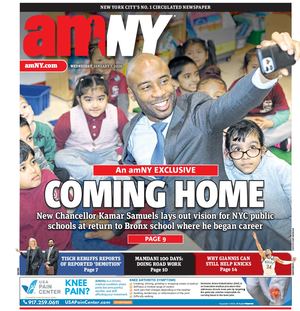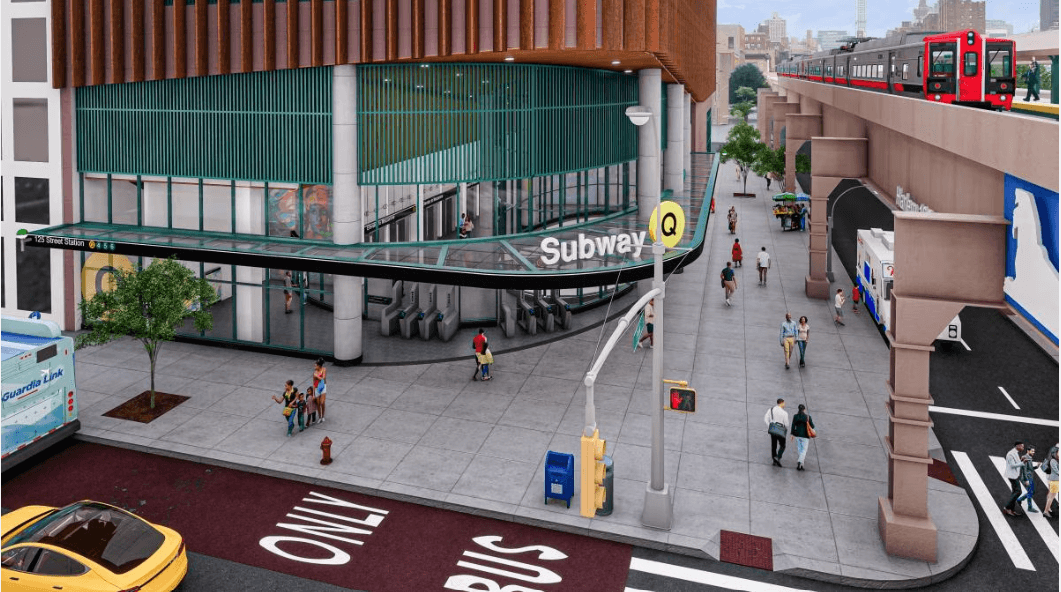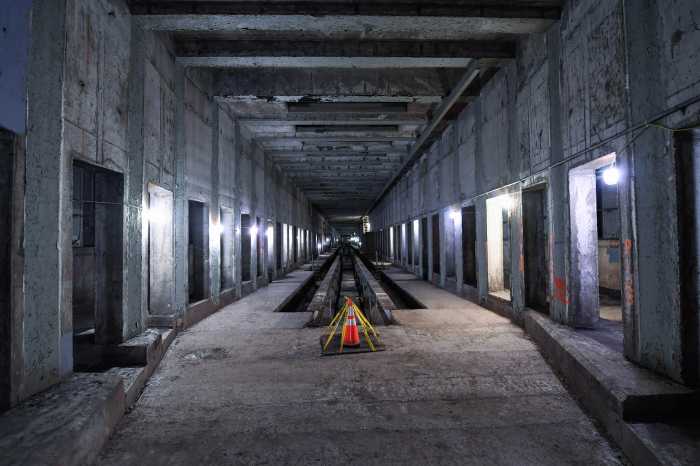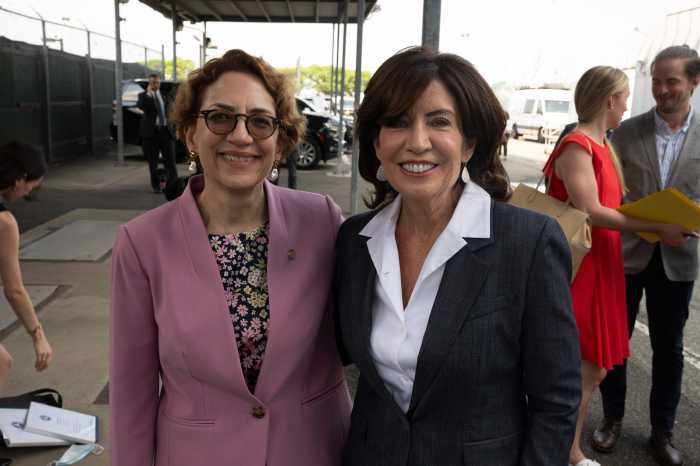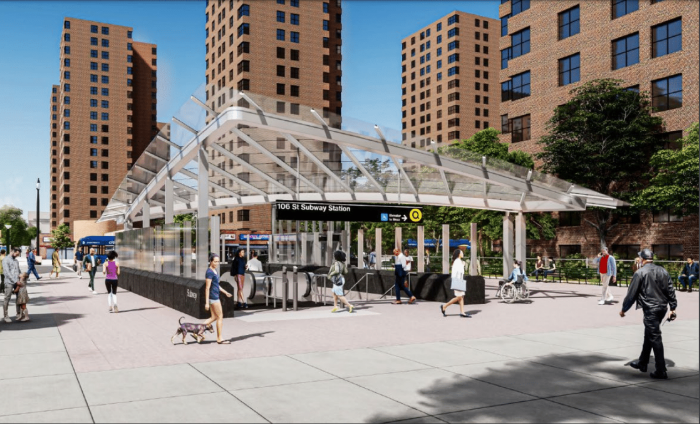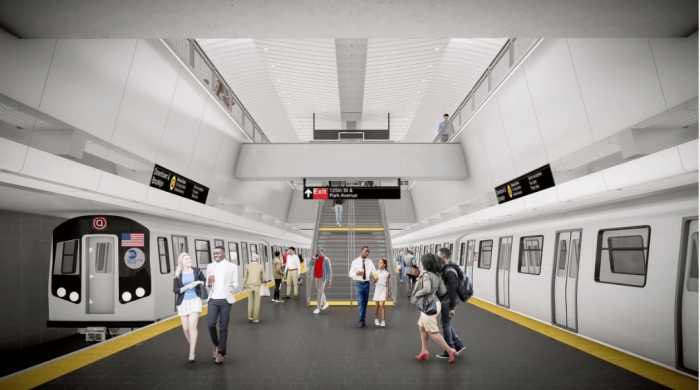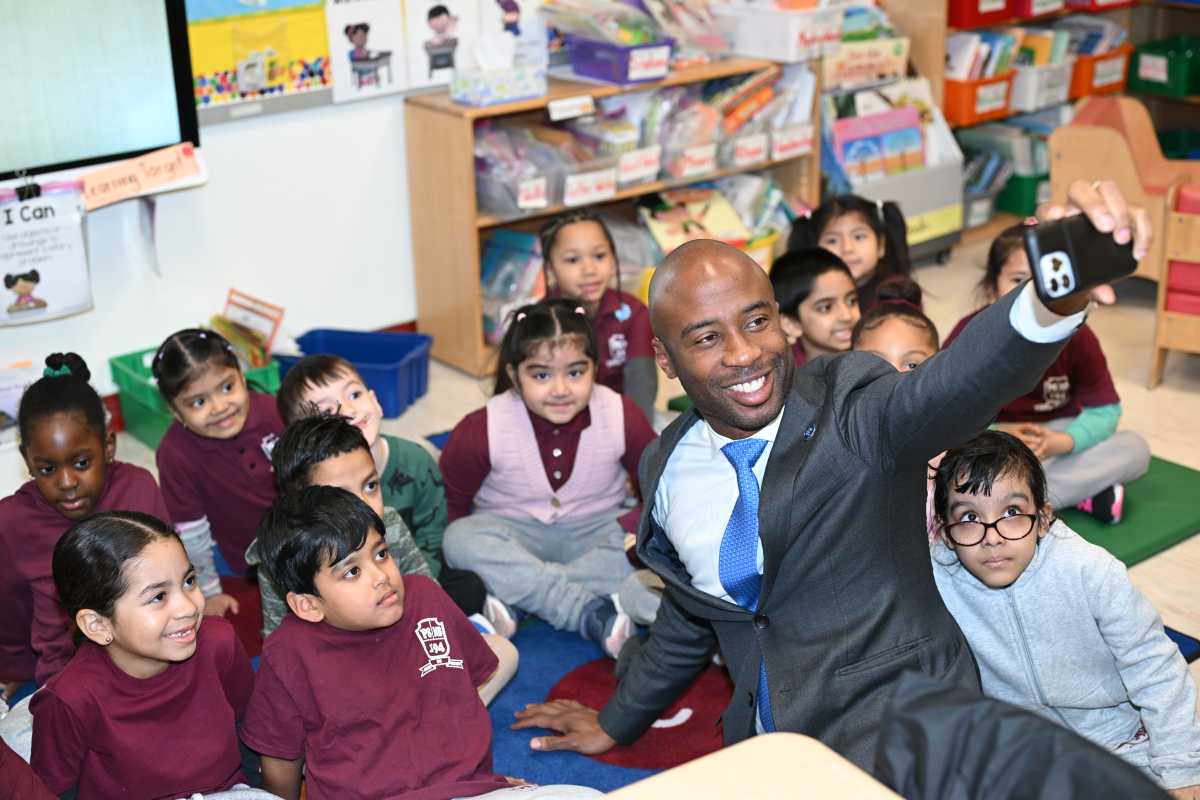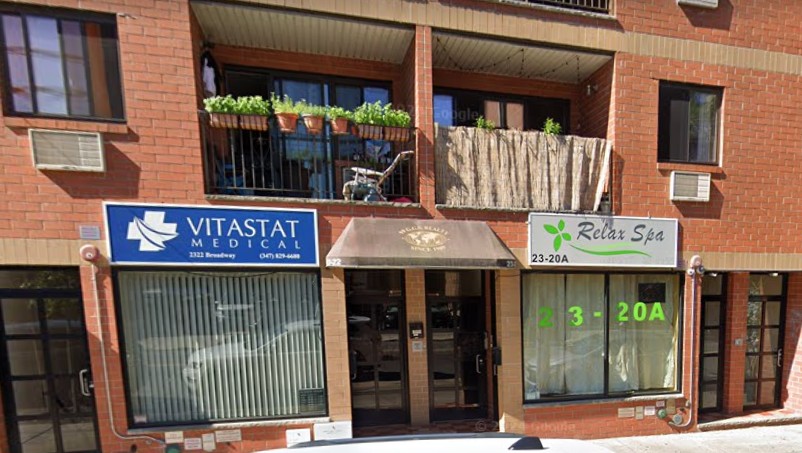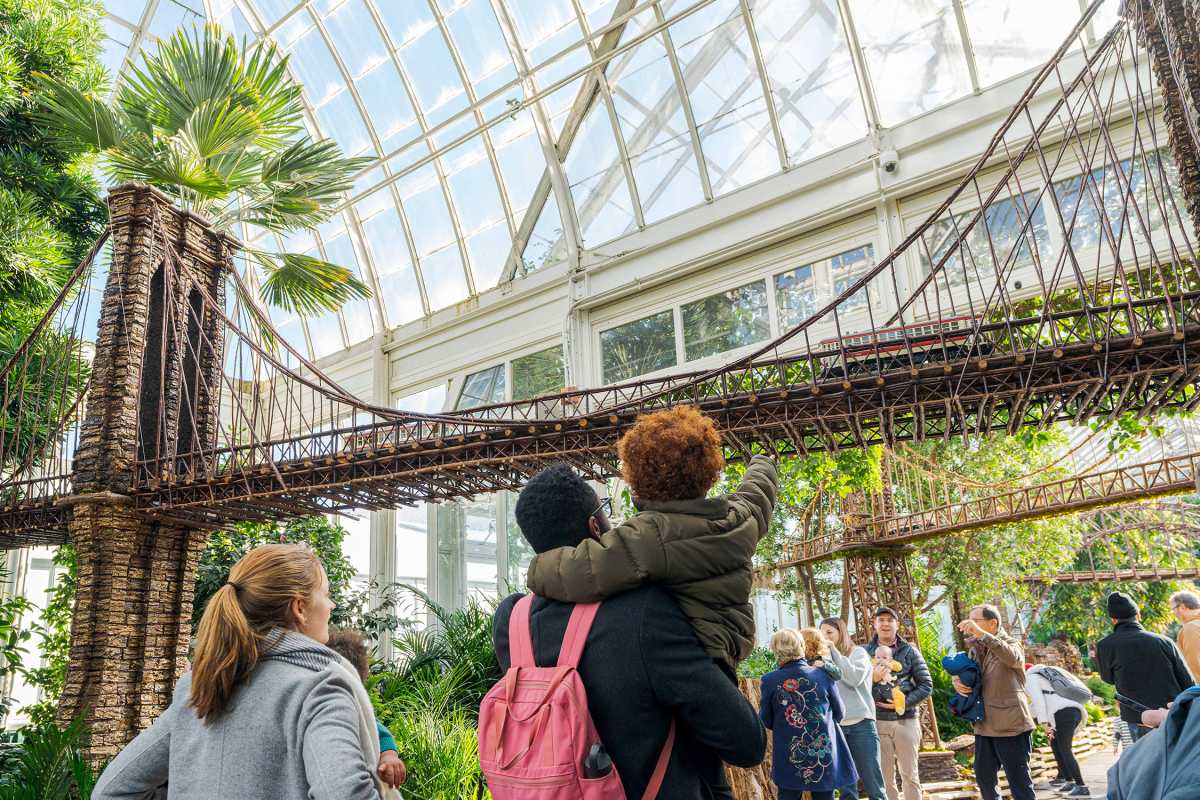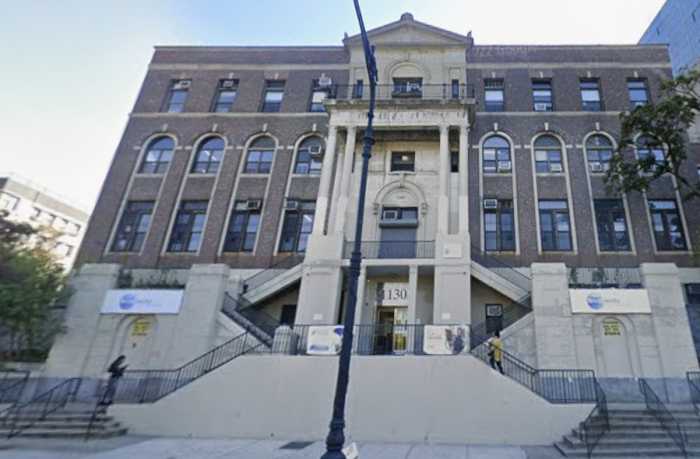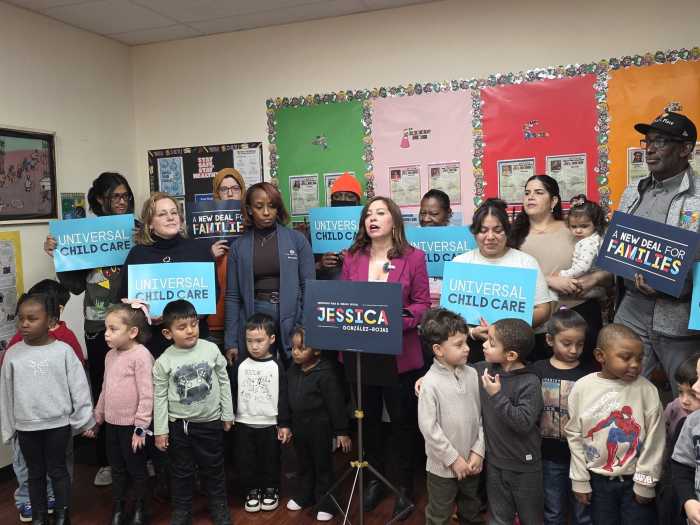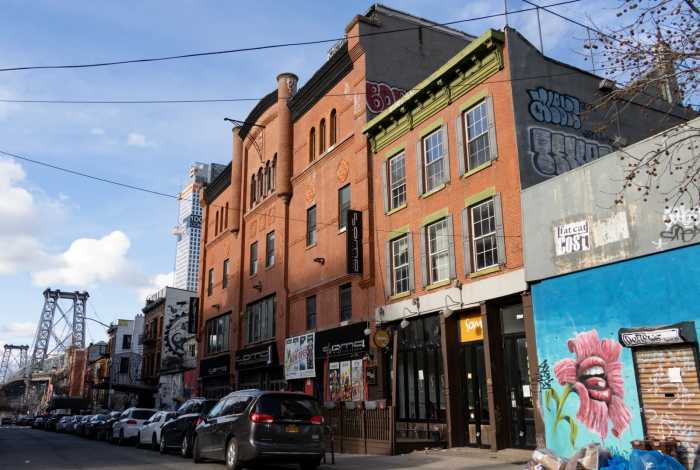The future expansion of the Second Avenue Subway remains uncertain following the MTA Board’s approval Wednesday of its proposed $68 billion capital plan — which doesn’t include any new money for it — and the pause on congestion pricing that mostly stopped work in its tracks.
Extending the Q train to 125th Street and Lexington Avenue in Harlem was the marquee item in the 2020-2024 MTA capital plan that was put on ice following Gov. Kathy Hochul’s June 5 “temporary pause” on the Manhattan tolling scheme. Although the previous capital plan included spending on the subway extension, it was set to be funded through congestion pricing — but the money has not materialized due to the ongoing pause, leaving the Q extension in limbo.
Under the 2020-24 plan, the project was to move forward with $7.7 billion in funding — $4.3 billion of which was to come from tolls collected via congestion pricing, and the remaining $3.4 billion chipped in by the feds, conditioned on the provision of local funding.
However, at the Sept. 25 meeting of the MTA Board, where the new capital plan was approved and sent to Albany for review, MTA Chair and CEO Janno Lieber insisted that the Second Avenue project remains “fully funded.”
“We’ve preserved the schedule that existed before the congestion pricing pause by continuing that predecessor work, and we’ll see how long it takes to resolve the funding issue created by the governor’s pause on congestion pricing,” Lieber said in response to a question from amNewYork Metro. “But the project remains funded, and it is not by any means dead. And there was no expectation that it was going to be funded in the new capital program.”
Indeed, the whole of Second Avenue Phase 2 — as the extension to Harlem is known within the MTA — was to be funded within the 2020-24 capital plan. But the congestion pricing pause blew a $16.5 billion hole in that plan, and the governor and state legislators have given no indication as to how it will be filled.
And the congestion pricing hole is dwarfed by the $33 billion funding gap in the new capital plan, nearly half of the MTA’s total request.
Work had begun back in March on relocating utilities underground on Second Avenue between 105th and 110th streets, but was subject to a stop-work order following the pause, the latest delay in a saga that’s gone on for nearly a century. Construction was restarted on utility relocation in July after Hochul infused $54 million of state money into the project, but the status of further construction for tunnels and stations remains an open question without congestion pricing, which was set to allow the MTA to raise billions of dollars in revenue for improvements.
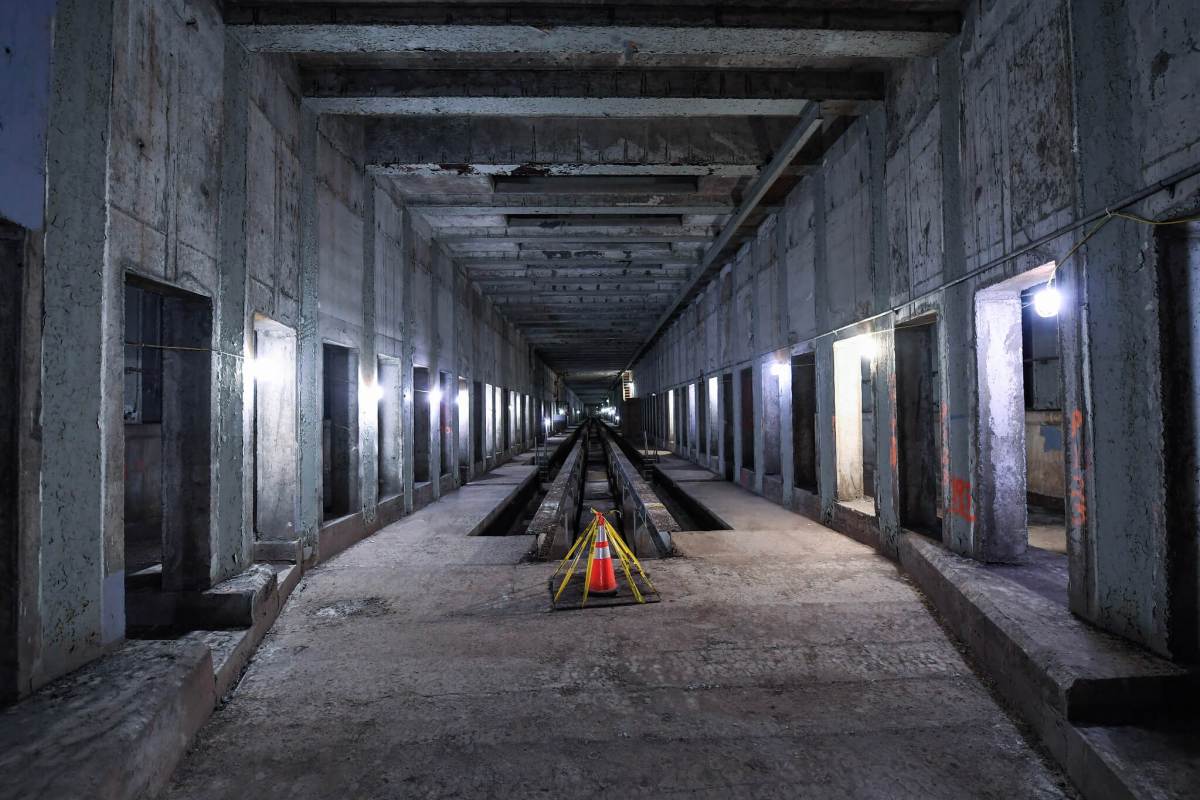
Capital plan money still in doubt
Should the funding lost to the pause not re-materialize, expansion projects like Second Avenue are likely to be the first on the chopping block, said Rachael Fauss, a researcher at Reinvent Albany who focuses on the MTA. Instead, funding may have to be cannibalized from the old plan to ensure urgent “state of good repair” work in the new plan is adequately funded, she noted.
“The problem here, of course, is now we know what the huge needs are for the next plan,” said Fauss. “There’s a big hole in the current plan, there’s an even bigger funding need for the next plan. If the state doesn’t come up with it, what should go is the expansion projects.”
Lieber on Wednesday dubbed the new plan as “conservative,” on the lower end of capital needs projected by State Comptroller Tom DiNapoli. The MTA would have to undertake a more than $100 billion five-year capital plan if it were to invest in its assets at the same rate as large private businesses, an analysis from JPMorgan Chase found.
Hochul — who earlier this year championed further expansions like extending the Q west on 125th Street to Broadway — has insisted that she will find an alternative funding stream to replace the congestion pricing money, though she has not been forthcoming about what those might be.
“Governor Hochul has stated repeatedly that she is committed to funding the MTA Capital Plan and is working with partners in government on funding mechanisms while congestion pricing is paused,” said Hochul spokesperson John Lindsay.
MTA officials have stated they take the governor “at her word” when she says she will make the system whole. Fauss, skeptical that the project can move forward without congestion pricing money, does believe politicians may be more inclined to save the Second Avenue Subway than for other projects torpedoed by the pause, such as modernizing subway signals or making stations accessible for people with disabilities.
“It’s a really politically sensitive project,” said Fauss. “Because the electeds like it and it’s federally funded, nobody wants to write its obituary right now, because there’s a lot of people in federal office who want to be at the ribbon cutting.”
Read More: https://www.amny.com/nyc-transit/
